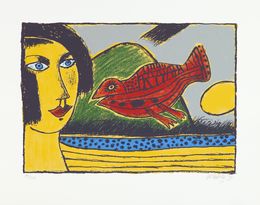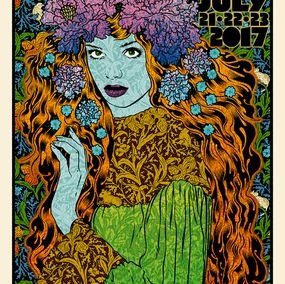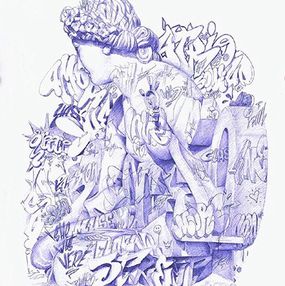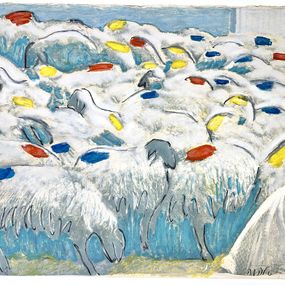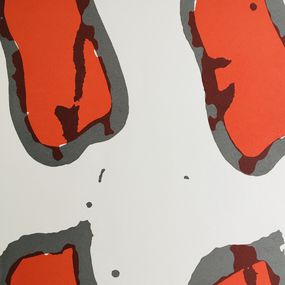
Screen Print for Sale
Screen printing is one of the oldest printing techniques traditionally done on silk. The practice dates back to the Song dynasty in China, in 1000 BC. The method consists of printing a pattern using a fabric stencil. The drawing is first done on paper, then the shape is cut out and applied to the final support on which the artist paints, leaving the ink only inside the shape. Printing may be done on paper, but also on textiles, cardboard and metal… When a subject drawn on stone is printed, it is then known as a lithograph.
Screen printing was not exported to the West until the beginning of the 20th century, when Chinese emigration to the United States was at its peak. This technique was met with immediate success when it appeared in the United States, and was used by the printing industry, businesses and artists.
In 1930, a group of American artists began to use the term "serigraphy" to designate works that had no commercial purpose. It subsequently reached Europe during WWII, when Americans used it to leave create signage and mark their vehicles.
As its popularity spread beyond artistic circles, screen printing underwent new developments: silk was gradually replaced by nylon, a material that was easier to obtain; The roller - used to spread the ink - was replaced by the scraper, and UV ink, which provides greater precision, made an appearance. As screen printing was particularly suitable for industrial production, publicity or printed textile production, it is not surprising that the Pop Art artists made use of this technique, which also allowed them to make use of very opaque and vivid colors. Andy Warhol, in particular, used it for his famous Marilyn Monroe portraits.
In Europe, screen printing was used by modern artists such as Henri Matisse in his work “Composition sur fond bleu". The technique was also widespread during May 1968 as it was used for making posters. Its use increased during the 20th and 21st centuries and it continues to be used for protest or for spreading a political message as shown in certain works of street art. Shepard Fairey, for example, used the technique when creating his poster “Hope", which represents Barack Obama.
Today, screen printing is used in a variety of ways: textile screen printing, industrial screen printing, digital screen printing, all for small or large format printing. With screen printing, we create business cards, t-shirts, stickers and advertising objects of all kinds and on all media, as works of graphic art. This versatility is explained by the fact that a screen printer can print on almost any material, wood, plastic, metal, glass, cardboard, textile.
On Artsper, you will find silk-screen prints of the greatest masters such as Victor Vasarely and Keith Haring, but also those of the street artist JonOne, the abstract prints of Sonia Delaunay, the colorful silk-screen prints of Kiki Kogelnik, the hypnotic compositions of François Morellet, the pop patterns of Takashi Murakami and many others...
Save your search and find it in your favorites
Save your search to find it quickly
Saved search
Your search is accessible from the favorites tab > My favorite searches
Unsaved search
A problem occurred



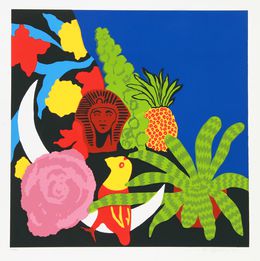
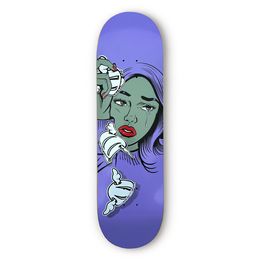

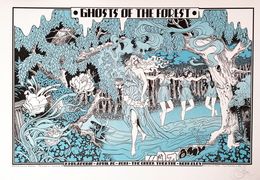
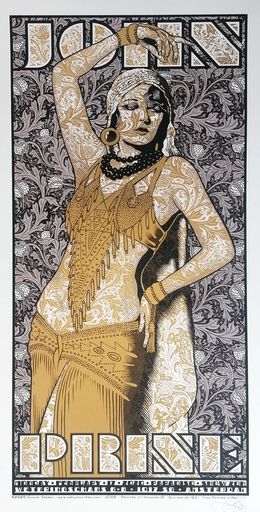

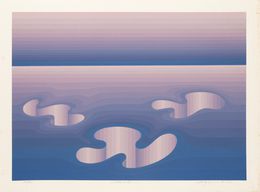


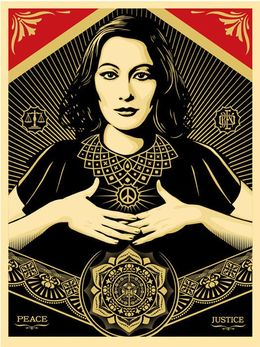
Peace and Justice Woman
Shepard Fairey (Obey)
Print - 61 x 46 x 0.1 cm Print - 24 x 18.1 x 0 inch
$1,404

Mona Lisa, sérigraphie originale
Speedy Graphito
Print - 80 x 60 x 0.05 cm Print - 31.5 x 23.6 x 0 inch
$877

Château André _ Move fast, move smooth !
André Saraiva
Print - 51 x 40.7 cm Print - 20.1 x 16 inch
$702


Le Déjeuner sur l'herbe, sérigraphie originale
Speedy Graphito
Print - 60 x 80 x 0.05 cm Print - 23.6 x 31.5 x 0 inch
$877
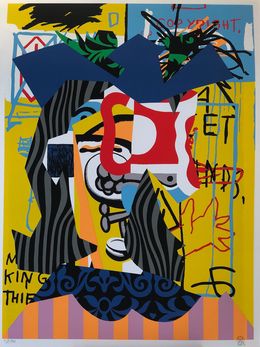
Dora Maar, sérigraphie originale
Speedy Graphito
Print - 80 x 60 x 0.05 cm Print - 31.5 x 23.6 x 0 inch
$877
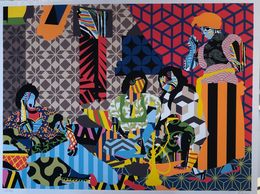
Les femmes d'Alger, édition limitée
Speedy Graphito
Print - 60 x 80 x 0.05 cm Print - 23.6 x 31.5 x 0 inch
$877
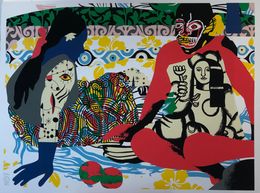
Les femmes de Tahiti, sérigraphie originale
Speedy Graphito
Print - 60 x 80 x 0.05 cm Print - 23.6 x 31.5 x 0 inch
$877

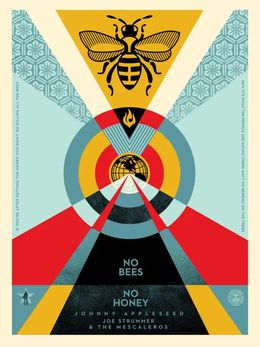
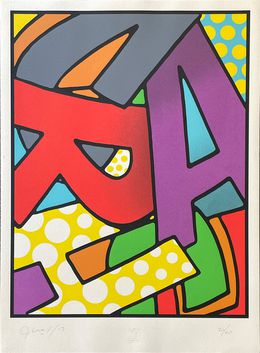


Shangri-la Shangri-la Shangri-la Blue Silkscreen
Takashi Murakami
Print - 75 x 75 cm Print - 29.5 x 29.5 inch
$20,874
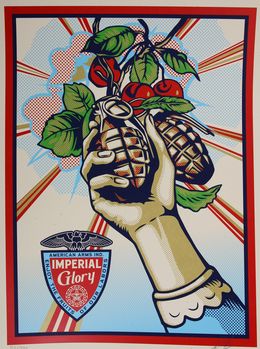



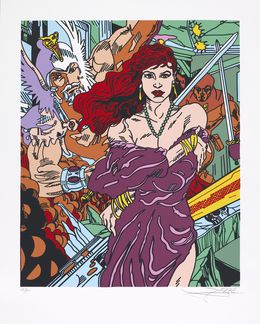
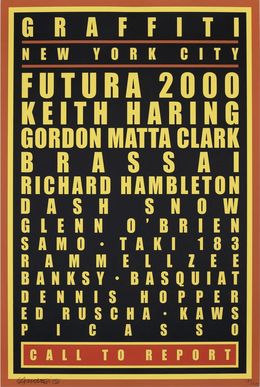


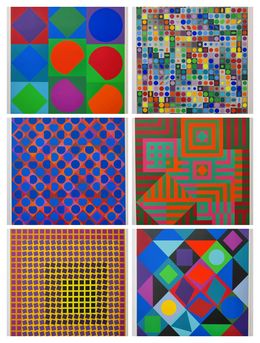
Planetarische Folklore
Victor Vasarely
Print - 66 x 62.5 x 0.1 cm Print - 26 x 24.6 x 0 inch
$16,216
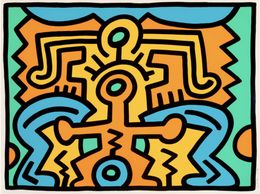
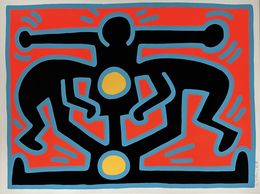

Dream Concert Daft Punk, L'Elysée Montmartre - Black/Metallic Silver
André Saraiva
Print - 91 x 61 cm Print - 35.8 x 24 inch
$632

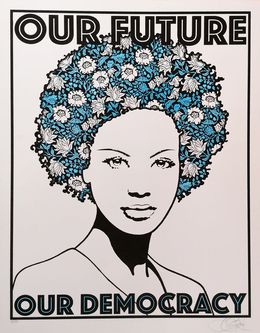
Our Future, Our Democracy Blue
Chuck Sperry
Print - 68 x 53 x 0.5 cm Print - 26.8 x 20.9 x 0.2 inch
$702



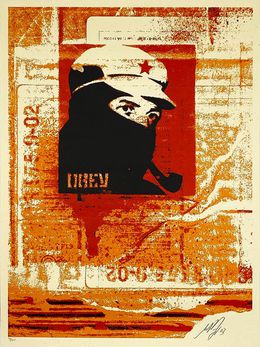

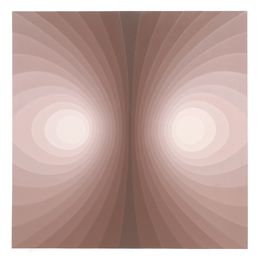

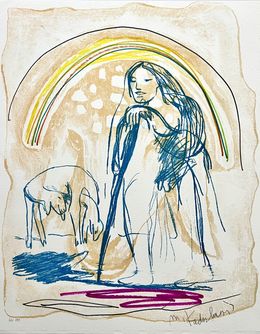
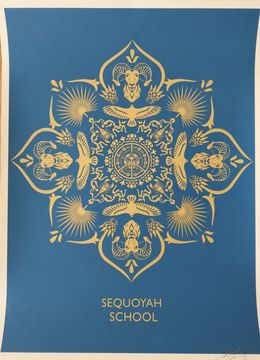
Sequoyah School Mandala
Shepard Fairey (Obey)
Print - 61 x 46 x 0.1 cm Print - 24 x 18.1 x 0 inch
$585
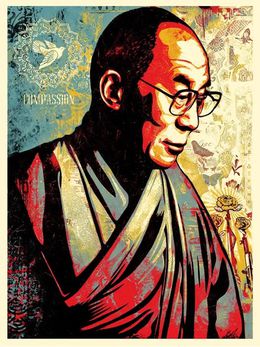
Dalai Lama Compassion
Shepard Fairey (Obey)
Print - 61 x 46 x 0.2 cm Print - 24 x 18.1 x 0.1 inch
$1,170


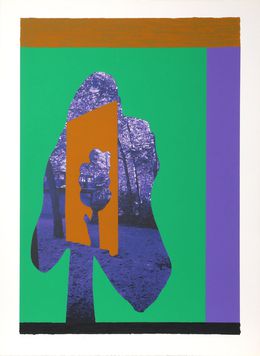

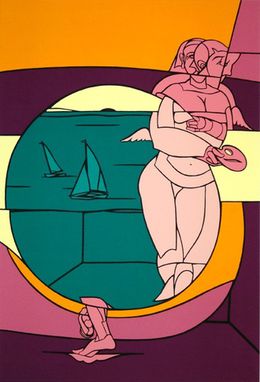


Love Mr. A red, Blue edition
André Saraiva
Print - 70 x 50 x 1 cm Print - 27.6 x 19.7 x 0.4 inch
$1,404
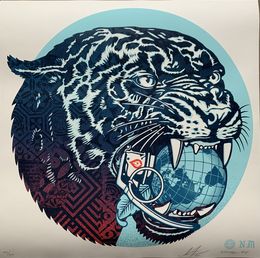
Climate Clash - (Cream)
Shepard Fairey (Obey)
Print - 60.96 x 60.96 x 0.2 cm Print - 24 x 24 x 0.1 inch
$585
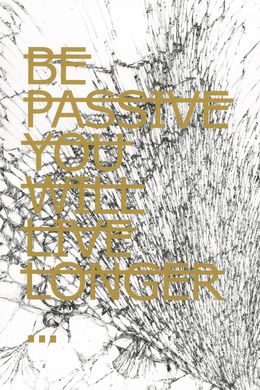
Be Passive You Will Live Longer... (Golden version)
Rero
Print - 60 x 40 x 0.01 cm Print - 23.6 x 15.7 x 0 inch
$702
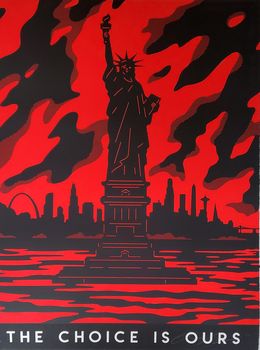
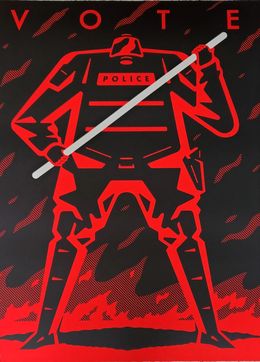
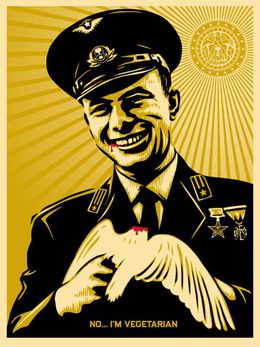

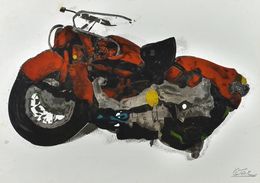
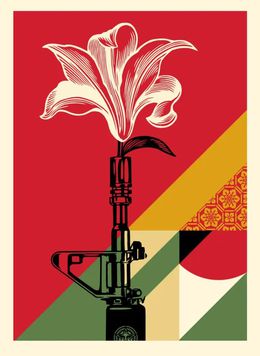

Black earth society
Shepard Fairey (Obey)
Print - 60.96 x 91.44 x 0.2 cm Print - 24 x 36 x 0.1 inch
$585

In honor of Vincent Jen Chin
Shepard Fairey (Obey)
Print - 61 x 46 x 0.2 cm Print - 24 x 18.1 x 0.1 inch
$585



The woman who defeated pain (Frida Khalo)
Shepard Fairey (Obey)
Print - 61 x 30.5 cm Print - 24 x 12 inch
$1,041
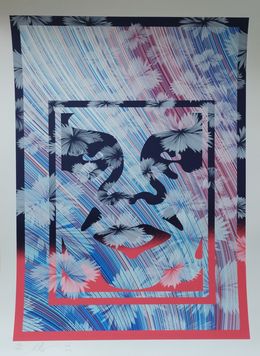

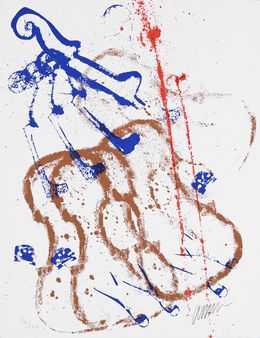

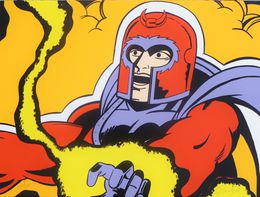


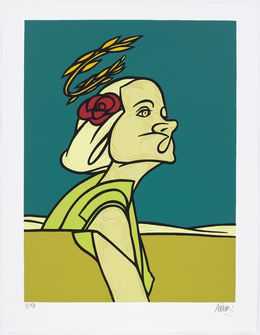
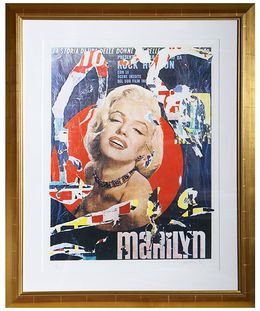


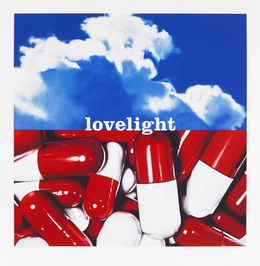
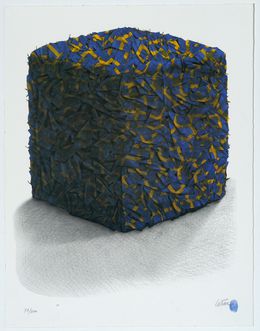
Portrait de compression de drapeaux Suédois
César Baldaccini
Print - 76 x 59 cm Print - 29.9 x 23.2 inch
$877










